Only an icy heart is unsentimental about the last summer tomato. Mine was a giant orange Brandywine that I let hang onto the vine far too long, and its destiny was a tomato tart.
I’ve spent the summer making these tarts in every variation I could think of. Pie crust, puff pastry, different cheeses. They were ideal for every situation: a single or pair of friends coming over for dinner, a potluck, a barbecue, a beach picnic, or a housewarming gift.
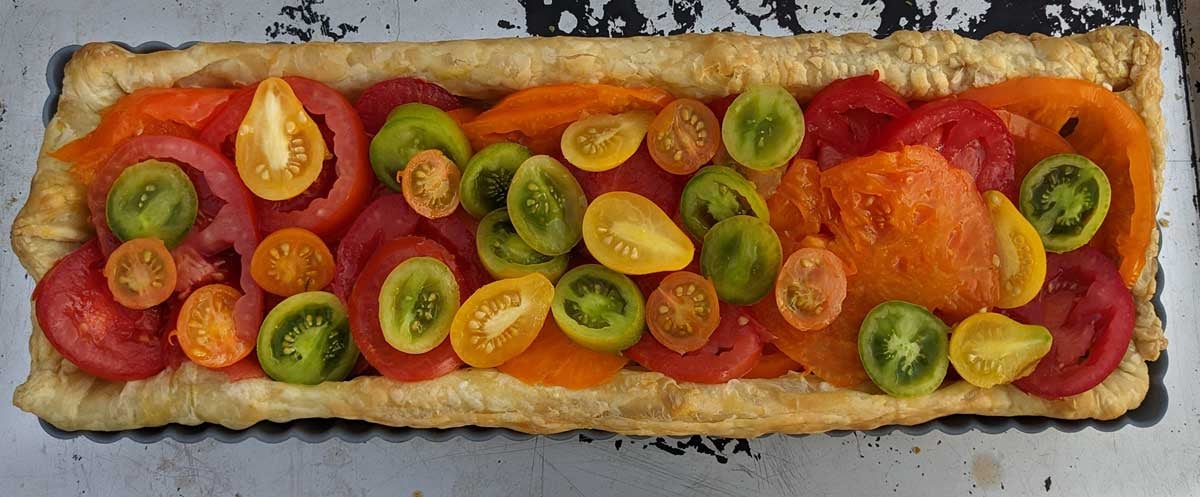
A tomato tart has all the hallmarks of the perfect dish: It’s easy to make, has very few ingredients, comes together fast, and is incredibly good-looking. Did I mention it’s also vegetarian? With a salad, it’s a whole meal; on its own, it’s the perfect first course.
I have made 12 of them this summer.
How to make a tomato tart
First, decide if you’d rather use pie crust or puff pastry. Puff pastry yields a lighter crust, but pie pastry yields a crispier one that will hold up under the pressure of more cheese. I keep frozen pie crusts and puff pastry on hand, which keeps this dish easy to make on a whim, but if you feel more self-satisfied making your own crust, you do you. I defrost the crust for a few hours, then keep it in the fridge so it’s cold when I roll it out.
You’ll need a tart pan, which comes in two parts. The sides detach from the bottom, so when it’s time to serve, you can easily pull the tart out of the pan by placing your hand under the base, and holding it up in the air. The sides of the pan will fall down around your arm, revealing the tart. Then you can easily slide it off the base onto your serving plate.
But before that, start by rolling out the dough. Dough comes round or square, and you’ll find it helps to get it into the shape of the pan before you start rolling. No matter the shape or size of the tart pan, one crust will usually cover it. Since I was using a rectangular pan, I folded my round dough in thirds, to make a rectangle. Roll it out so it’s large enough to fill the entire pan and fall over the sides. I routinely flip the dough and turn it around while rolling it out to keep it from sticking.
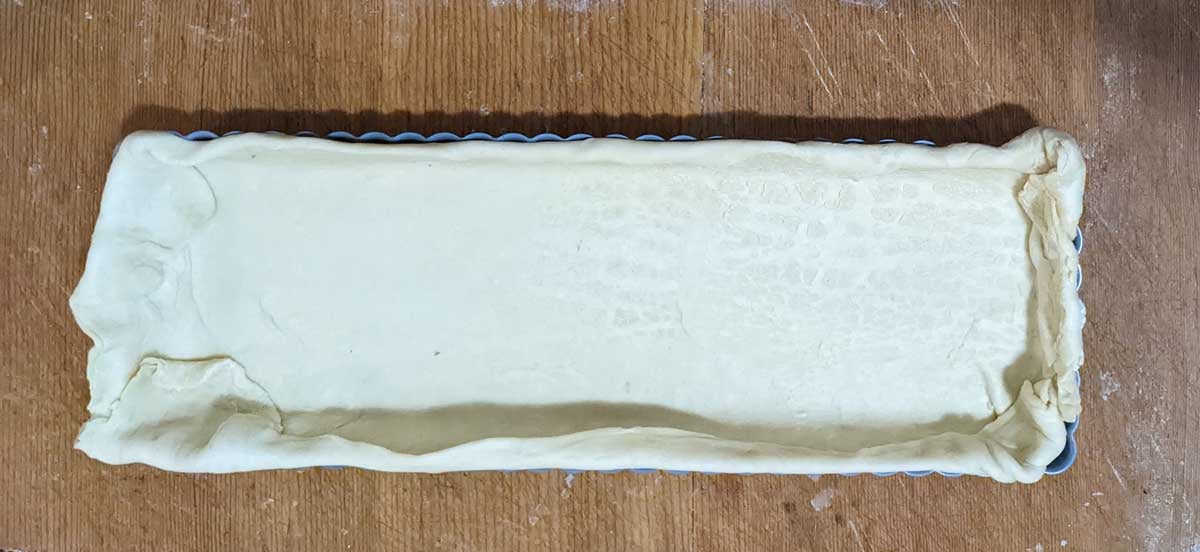
Now drape the dough in the pan. Draping is the right word — you want to be sure you don’t stretch the dough at all, so be gentle and generous and don’t worry about creases. They’ll be covered. It’s more important to have too much dough, as it will shrink in the oven. You can fold the edges back into the pan, or use your rolling pin across the top of the tart pan to cut the excess off.
Now you’ll blind bake the crust, which gets the crust mostly baked, and in the right shape, before you add the filling. First, place your tart pan on a cookie sheet, since it needs support to hold the two pieces of the pan together.
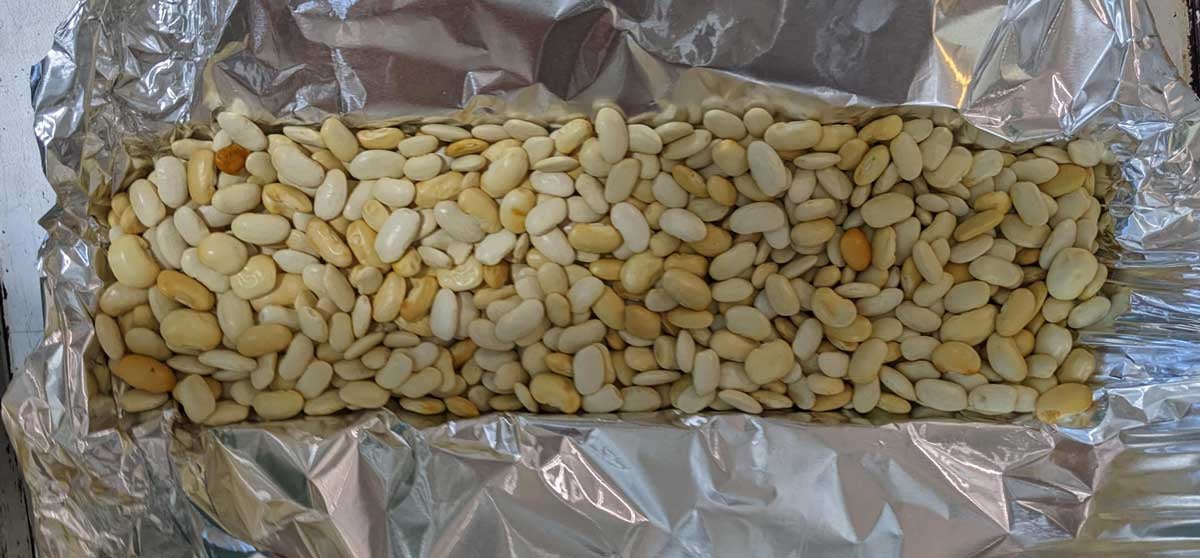
Blind baking is simple: Lightly place a sheet of tin foil on top of the tart dough, then fill it with beans or pie weights. Place the cookie sheet into a preheated 400℉ oven for 15 minutes. Once done baking, remove the tray from the oven, and carefully pull out the tin foil with the beans still in it, then put them aside. You re-use the foil and beans in future blind bakes.
Now use a fork to carefully poke some holes in the bottom of the tart dough, and place it back in the oven for 10 minutes. The holes will help keep the dough from bubbling up, but even if it does, when you pull it out, just stab the bubbles and they’ll deflate.
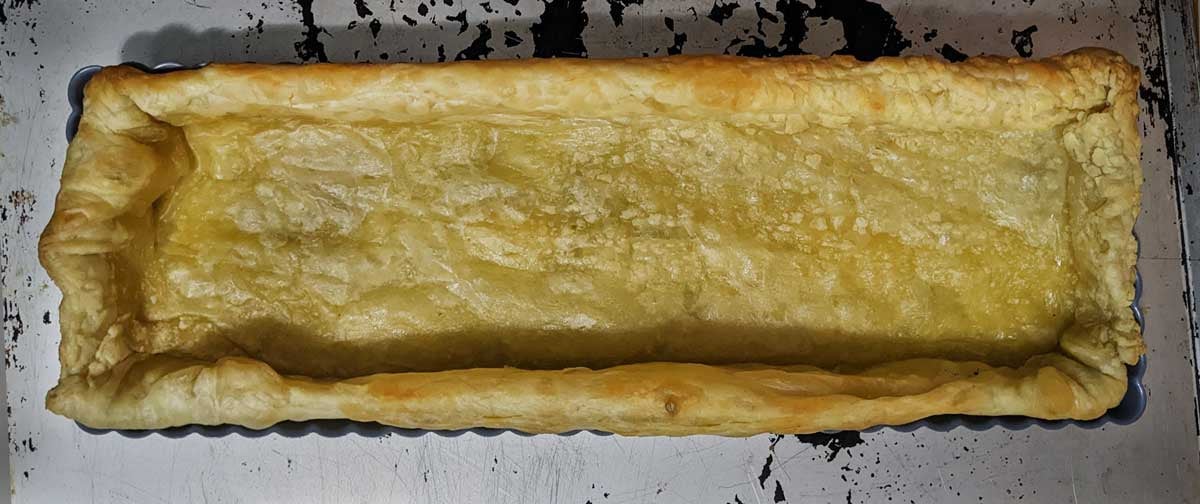
And now: cheese. The beautiful thing about this tart is you can choose any cheese you want to go with the tomatoes. I spent the summer making tarts loaded with emmental and gruyere, or with a thick layer of pillowy goat cheese and ricotta. A layer of brie would be magical. Gouda and tomatoes are never a mistake, and I regret never turning out one with kaseri.
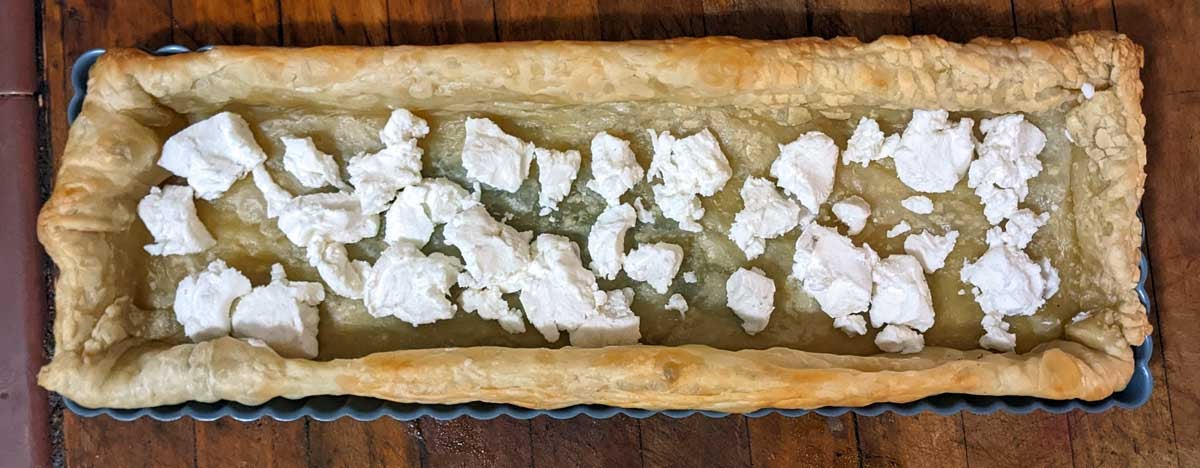
In any case, you’ll want a healthy layer of cheese in the bottom of the tart. A cup of shredded cheese should do it, or 226.80 g of goat cheese and ricotta. Distribute it evenly across the tart.
Now it’s time for tomato. I found the tarts usually required two large slicing tomatoes or three or four medium-sized tomatoes, but you could use 2-3 cups of halved cherry tomatoes instead. The more diverse the colours, the better. I thinly slice the large tomatoes horizontally, ¼-inch or thinner. While you could season them with olive oil or balsamic, and some recipes call for that, I don’t feel they require it. Layer the slices into the tart pan; it’s easiest to just start at one end and move to the other, changing colours as you go. You don’t need to fill the entire tart depth — you want one inch of tomatoes.

While it will be delicious with nothing other than what you’ve already done, you can jewel the top with basil leaves or olive halves, roasted garlic cloves, capers, or anchovies. You can add a layer beneath the tomatoes of caramelised onions or tapenade or tomato jam. This tart is really flexible.
Dust the top of the tart with some parmesan and throw it back into the 400℉ oven for 10 minutes to melt the cheese and bring everything together. The tart can be served room temperature or warm — I swear it might taste better on day two — and it reheats beautifully.
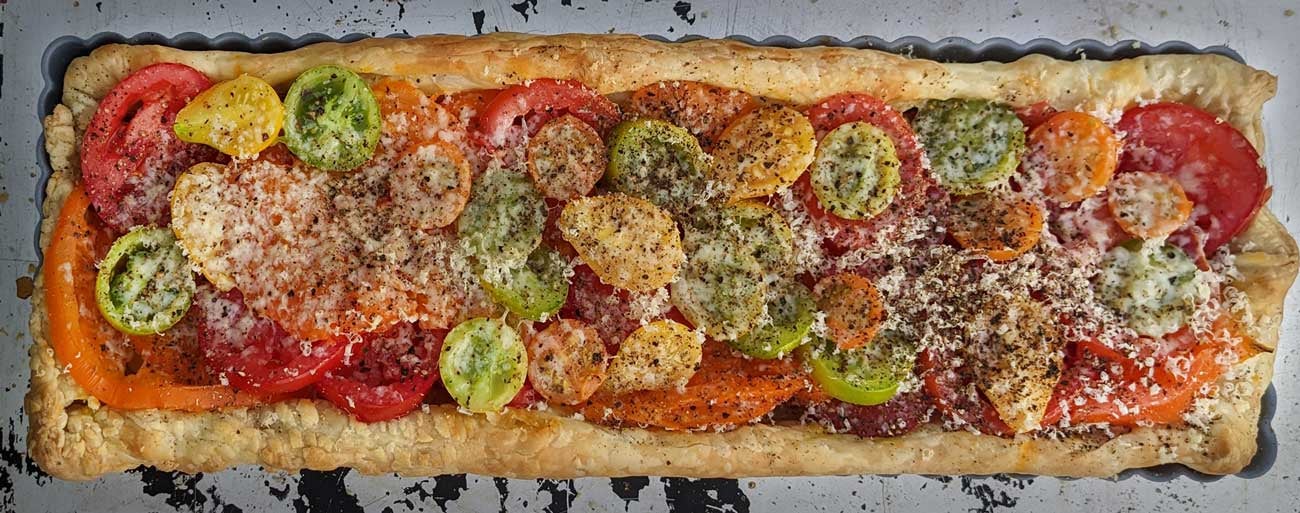
So before we head indoors for a winter of mealy subpar tomatoes, grab the last slicer from the market or your garden and bang out a tart to commemorate the end of summer.
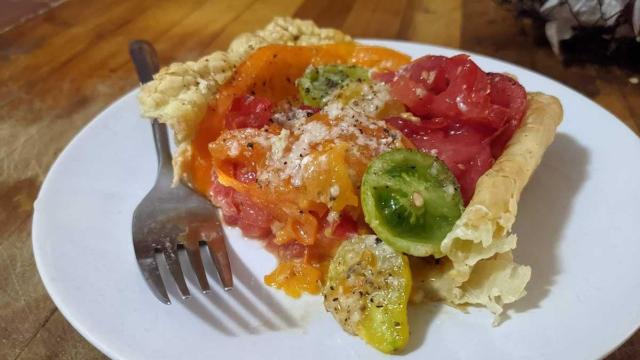
Leave a Reply
You must be logged in to post a comment.